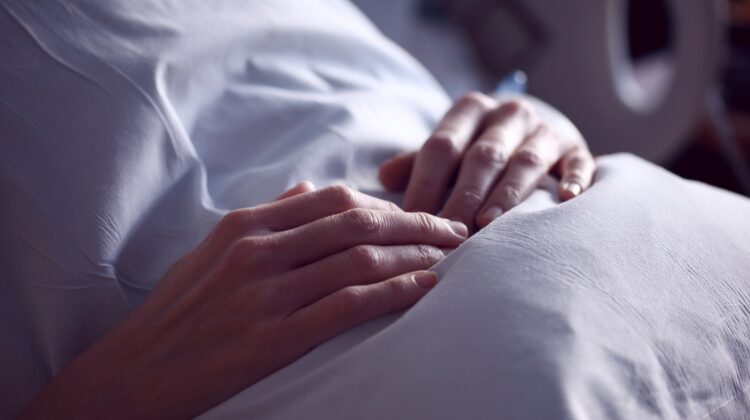
The impact of patient-tracking technology on healthcare
Technology has so much to offer to the healthcare industry. Things like cost-effectiveness, high-quality health services, user-friendly enrollment/appointment sessions, improved patient experience, or satisfaction are there for the taking.
Clinicians, medical billing companies, patients, hence, every stakeholder of the healthcare industry owes it to technology, innovation, and research conducted in this sector.
Tracking technology is one of the facilities which seems to assist when implemented intelligently in the healthcare systems. How? Let’s find out!
The Use of It
First, it was invented to keep track of the supply chain management system. Second, it can do much more than that.
A medical center in California decided to test the system. They asked their patients to wear a tag with a barcode on their wrist. The barcode synchronizes with the software to feed all the location information of the patient.
To summarize, it is revolutionary in terms of patient management. For instance, on the discharge of a patient, instead of manually notifying the housekeeping department, it sends an automatic notification and updates their records accordingly.
Using tracking technology merely for this purpose has the potential to help improve patient visits and making their stay in hospitals a breeze. Under MIPS, you can score against the use of this technology through a measure in the Improvement Activities (IA) category.
Tracking Systems Improve Patient Visits
Another problem that physicians or nurses face at hospitals is the unnecessarily wandering of patients. By incorporating this patient tracking system, doctors remain at ease even if patients wander off. In short, the staff has to go through lesser hustle.
Thus, patients are easy to track. Also, it won’t cost you extra to look for them. Finally, it means more revenue saved at the end of the day, the number one reason to choose provider medical billing companies in the first place.
Other Benefits of Tracking Technology in Healthcare
On further investigation by healthcare organizations, they concluded that this technology could track high-risk patients. For each of their visit to the hospital, providers can infuse a check on them, offer them a long-term healthcare plan based on their health conditions.
Moreover, via this method, medical billing companies can have a better system at their hands against patients, eventually, to fully reimburse physicians. There’s also been a program running by the name of PatientPing (Source: NJ Biz) through which multiple healthcare providers are informed about patient visits.
As groundbreaking as it is, this technology is here to take emergency treatment to another level. Healthcare providers know about medical history instantly. Additionally, it is tailormade to offer a better data-driven healthcare plan for the patient.
If you talk about the value-based incentive program, scoring for it – MIPS – becomes easy. Issues incurred while incorporating EHR (Electronic Health Record) technology can be solved right away. Usually, they don’t realize the know-how of patient visits. Thus, improving interoperability in general. While we achieve one of the objectives of the Quality Payment Program (QPP), the sooner we implement it, the sooner we grab incentives.
Conclusion
Unfortunately, this technology is not very common until now. The relatively new status persists across many healthcare communities. While its usefulness is tremendous, we can only hope for it to be a part of practices. On one side, it improves the patient experience, and on the other, it brings good news for physicians as a quality enhancer. Experiments were successful for its use in hospitals as more than just a tracking syste
Besides, eligible clinicians (ECs) can use this technology to score higher in MIPS 2020 Reporting. Efficient recording of patient visits and transparent and timely communication between physicians improve the performance of medical billing services in the US.
Author:P3HEALTHCARE SOLUTIONS
United States
Physicians and clinicians get in touch with P3Care for reporting MACRA-MIPS 2020, Medical Billing Services Credentialing, and Enrollment.
